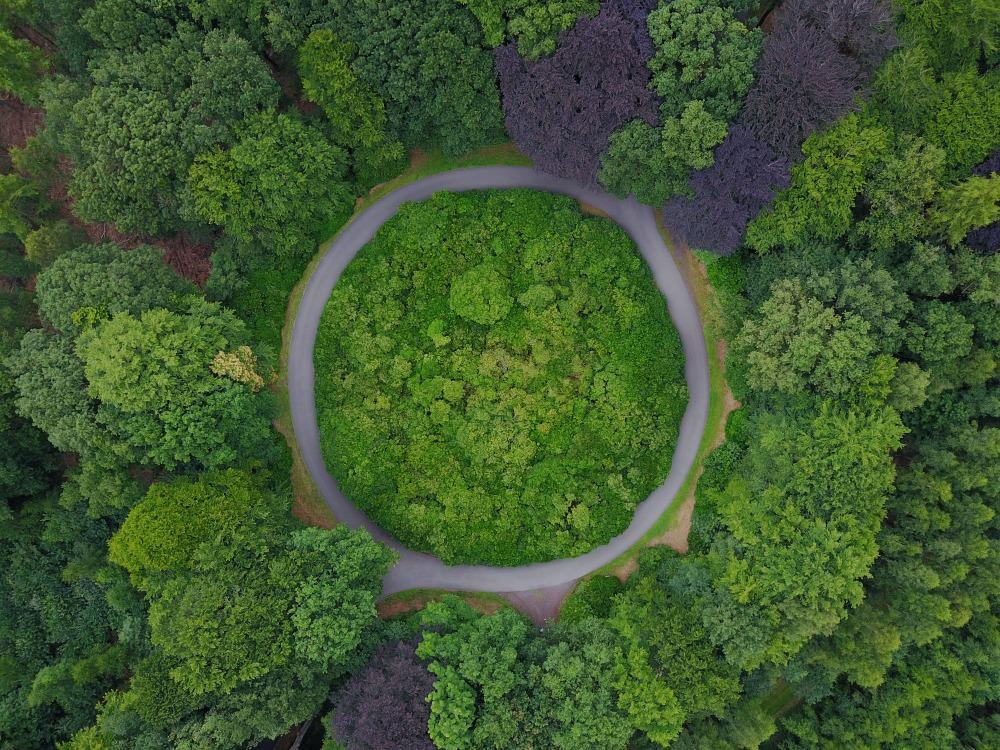 By Surbhi JainReviewed by Susha Cheriyedath, M.Sc.Feb 21 2022
By Surbhi JainReviewed by Susha Cheriyedath, M.Sc.Feb 21 2022In an article recently published in the journal MRS Energy & Sustainability, researchers discussed the opportunities and problems related to the integration of the international circular (bio)economy concept with the development of sustainable polymer materials.

Study: Opportunities and challenges for integrating the development of sustainable polymer materials within an international circular (bio)economy concept. Image Credit: Lambertt/Shutterstock.com
Background
Humanity faces a number of daunting challenges that threaten future generations' quality of life. The long-term stability of the economy and environment is the overall goal of sustainable development. Three interconnected pillars of sustainable development have arisen over time, namely economic development, social development, and environmental protection; yet, "sustainability" remains an open concept with numerous interpretations based on specific conditions.
Commodity polymers manufacture and consumption have been an integral component of our modern society's development. Polymer-based materials will continue to play an important role in achieving the United Nations' Sustainable Development Goals (SDGs) due to their adjustable properties and variety of functions.
The execution of extended producer responsibility, the recycling and reduction of single-use plastics using strategies other than traditional recycling via melting and re-extrusion, and the development of more "sustainable" plastics that include an assessment of their impacts throughout their lifecycle are all viable options for addressing the plastic crisis.
About the Study
In the present study, the authors investigated how a deliberate mix of properties/functions improved the sustainability of plastics in a variety of ways, from waste management to material design. They investigated the tools for measuring and reducing the negative environmental impacts of plastics throughout their life cycle, as well as the utility of renewable sources in the design of recyclable and/or biodegradable.
The potential of biotechnological strategies towards enzymatic recycling of plastics that feeds into a circular bioeconomy was discussed. Also, the potential uses for sustainable plastics were discussed, with the goal of achieving the SDGs through international cooperation. To achieve global sustainability, polymer-based cutting-edge materials for consumers and sophisticated applications are required. The authors also discussed the importance of understanding how the integration of biorefineries-based building blocks, green chemistry, circular bioeconomy initiatives, and combined functional and smart capabilities helped to make these materials more sustainable.
More from AZoM: Thermogravimetric Analysis of Biochar
Within the frameworks of Sustainable Green Chemical Principles (GCP), circular economy (CE), and bioeconomy, the authors discussed the difficulties and strategies for the development and incorporation of sustainable plastics (including bio-based, biodegradable polymers, and those incorporating both properties).
As strategies for increasing sustainability in polymer research and development, the authors examined lifecycle assessment, sustainability-by-design, and biorefineries. They also explored prospective uses of these polymers toward reaching the SDGs and the significance of bringing together industry, academia, and governments to ensure that sustainability practices in polymer science are implemented effectively.
Observations
In this study, based on many reports, the researchers observed that sustainable science and sustainable materials benefited from existing and emerging technologies, such as digitalization and artificial intelligence, in addition to the numerous strategies explored to address the specific challenges of resource depletion and plastic pollution.
Furthermore, it was shown in many studies that perception, prediction, automatic knowledge extraction and recognition of data, interactive communication, and logical reasoning were all capabilities of these types of software-based technologies. It was also ascertained that their capabilities, particularly in analyzing and extrapolating from large datasets, will aid in a better understanding of the extent and causes of the global plastics catastrophe, as well as the development of innovative tactics to combat it.
An improved polyethylene terephthalate (PET) hydrolase that produced a minimum of 90% PET depolymerization into monomers over the course of 10 hours was observed in one of the studies. According to many reports, plastics' capacity to be processed into practically any shape using low-cost, high-throughput manufacturing technologies was considered as one of the fundamental reasons of its reckless use. A meta-bibliometric analysis of the SDGs in the scientific literature suggested that researchers were on the right track in terms of international collaboration, as nearly 37% of all articles dealing with SDGs were international publications. Furthermore, the most common research area in the dataset was life sciences and biomedicine.
Conclusions
The study concluded that given the serious environmental crisis caused by rising plastic consumption, leading-edge polymers must incorporate two types of functions: those that directly arise from the demands of the application (e.g., selective gas and liquid permeation, actuation, or charge transport) and those that enable minimization of environmental harm, such as by extending the functional lifetime, reducing material usage, or allowing for predictable disintegration.
The authors elucidate that solving a global problem with data-driven techniques necessitates sufficient and unbiased data from every corner of the globe, emphasizing the importance of international collaboration once again. The authors believe that the science clusters are expected to increase and facilitate knowledge and infrastructure exchange, as well as avoid duplicating research and speed transformation.
They also highlighted the importance of enhancing scientific research accessibility. This work also demonstrated that while considering international collaboration initiatives, it is critical to adhere to the sustainable partnership rules to ensure that no nation or ecosystem is affected. The authors emphasized that it's critical to remember that we all have a responsibility to protect our planet for future generations.
Disclaimer: The views expressed here are those of the author expressed in their private capacity and do not necessarily represent the views of AZoM.com Limited T/A AZoNetwork the owner and operator of this website. This disclaimer forms part of the Terms and conditions of use of this website.
Source:
Tarazona, N. A., Machatschek, R., Balcucho, J., et al. Opportunities and challenges for integrating the development of sustainable polymer materials within an international circular (bio)economy concept. MRS Energy & Sustainability (2022). https://link.springer.com/article/10.1557/s43581-021-00015-7